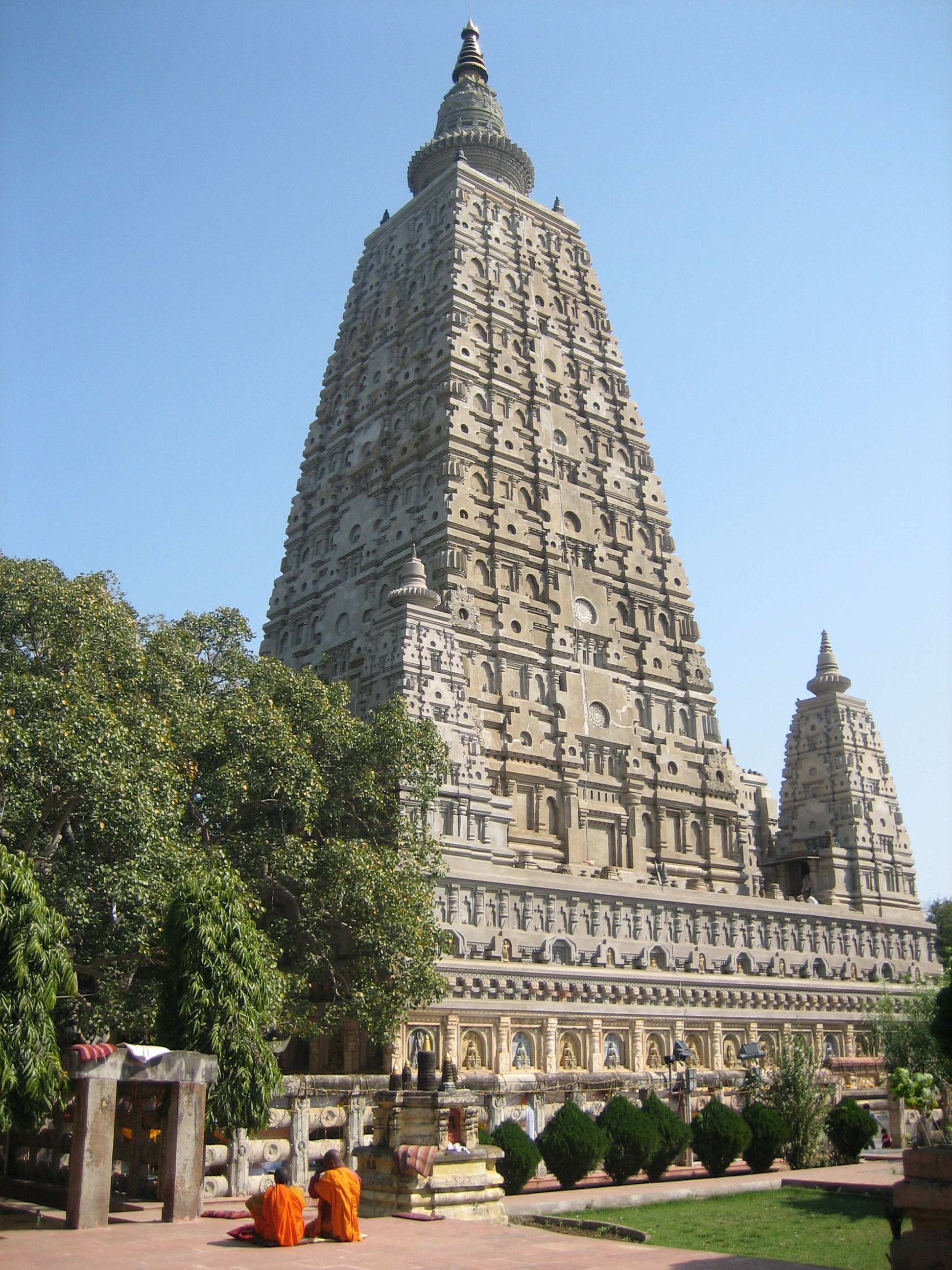“Warriors of the Cloisters: The Central Asian Origins of Science in the
Medieval World” is a provocatively titled book by Christopher Beckwith,
professor in Central Eurasian studies at Indiana University, USA. The book is
rather narrow and technical, and hardly intended for the general reader. Beckwith
argues that the so-called scholastic method of argumentation, which he calls
the recursive argument method, originally comes from Buddhist schools in
Central Asia. When the Muslims conquered the area, their culture was heavily
influenced by Buddhist models. Thus, the Muslim madrasa (a kind of college) is
modeled on a similar Buddhist institution. The recursive argument method was
also taken over by the Muslims, and later found its way to High Medieval Europe.
At the time, this was the really existing “scientific method”. Note, however,
that the author doesn´t literally claim that “science” comes from Central Asian
Buddhist monasteries! That would be, well, an unexpected conclusion…
The author believes that all elements of a “scientific culture”, save
one, existed in the Muslim world for centuries. However, they were never
properly integrated there. The main reason was opposition from conservative
Muslim clerics. For instance, the madrasas were usually used for religious
instruction only. The conservatives looked upon Greek or Indian philosophy with
intense suspicion. The main culprit in destroying Muslim science was the Sufi
mystic al-Ghazali. The author points out the irony that the Muslim Aristotelian
Averroës was more studied in medieval Europe than in the Muslim world! It was
in the Europe of the High Middle Ages that the various elements of a scientific
culture were finally properly integrated with each other. These include
Aristotle´s contributions, the idea that “science” is a distinct field of
study, the recursive argument method and the college. The Europeans also added
an invention all their own: the “universitas” or teachers´ guild, which was
fused with the college and became what we call a university. The conservatives
within the Church made some feeble attempts to stop these developments, but
obviously failed.
Beckwith doesn´t believe that medieval science was exactly the same
thing as early modern science. Indeed, he doesn´t believe present-day science
is the same as early modern science, either. Yet, there is nevertheless a kind
of continuity. Without the first steps taken during the 13th
century, we wouldn´t have any science at all. The recursive argument method,
which looks weird and incomprehensible today, was actually a great step forward
at the time. It forced its users to think in a systematic and logical way, an
approach which at least potentially could elevate reason above revelation and
tradition. I assume it also made the scholastics compile as much information as
possible from various sources about the topic at hand, both pro and contra.
Perhaps this is how all progress is usually made: in a piecemeal
fashion, with inventions originally intended for something else being applied
in unexpected ways by later generations. The scholastic method was invented by
Buddhist monks in Central Asia who wanted to defend their metaphysics from
competing schools of thought. It was later used by a Catholic monk who wanted
to fuse Aristotelian reason with Christian theology. Yes, that would be Thomas
Aquinas. And yet, in the long run, this schooled our minds – or some of them at
any rate – in the vagaries of modern science.

No comments:
Post a Comment